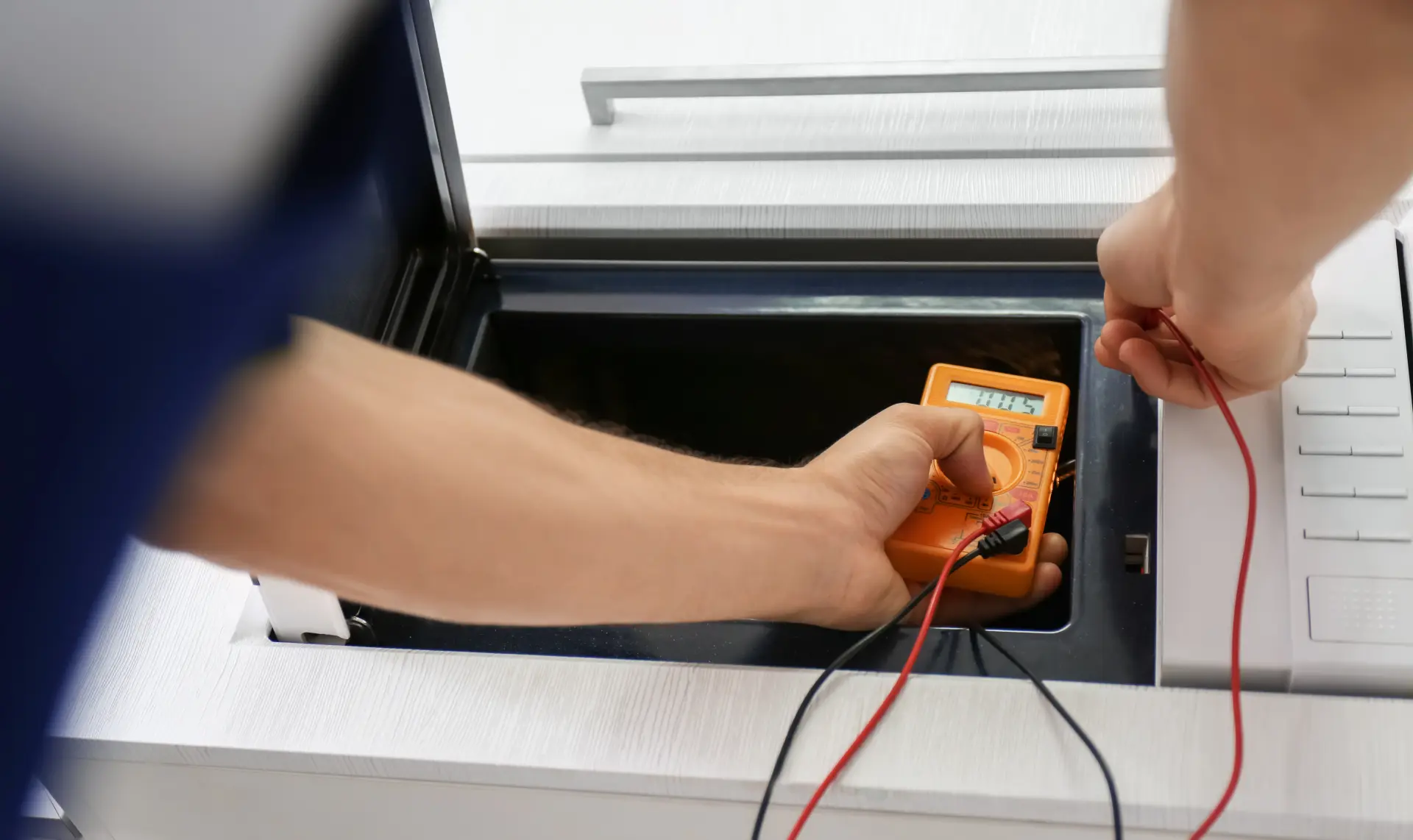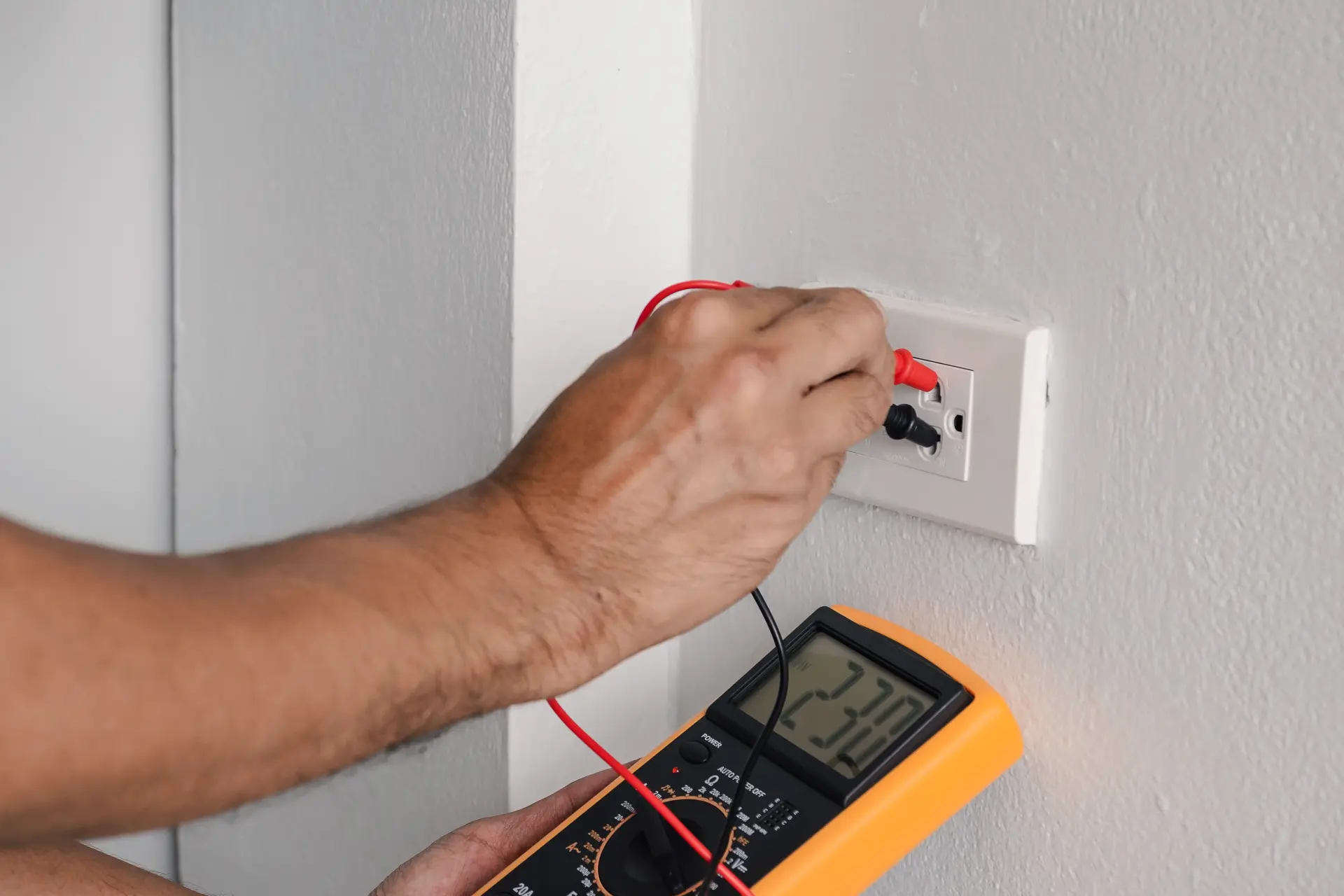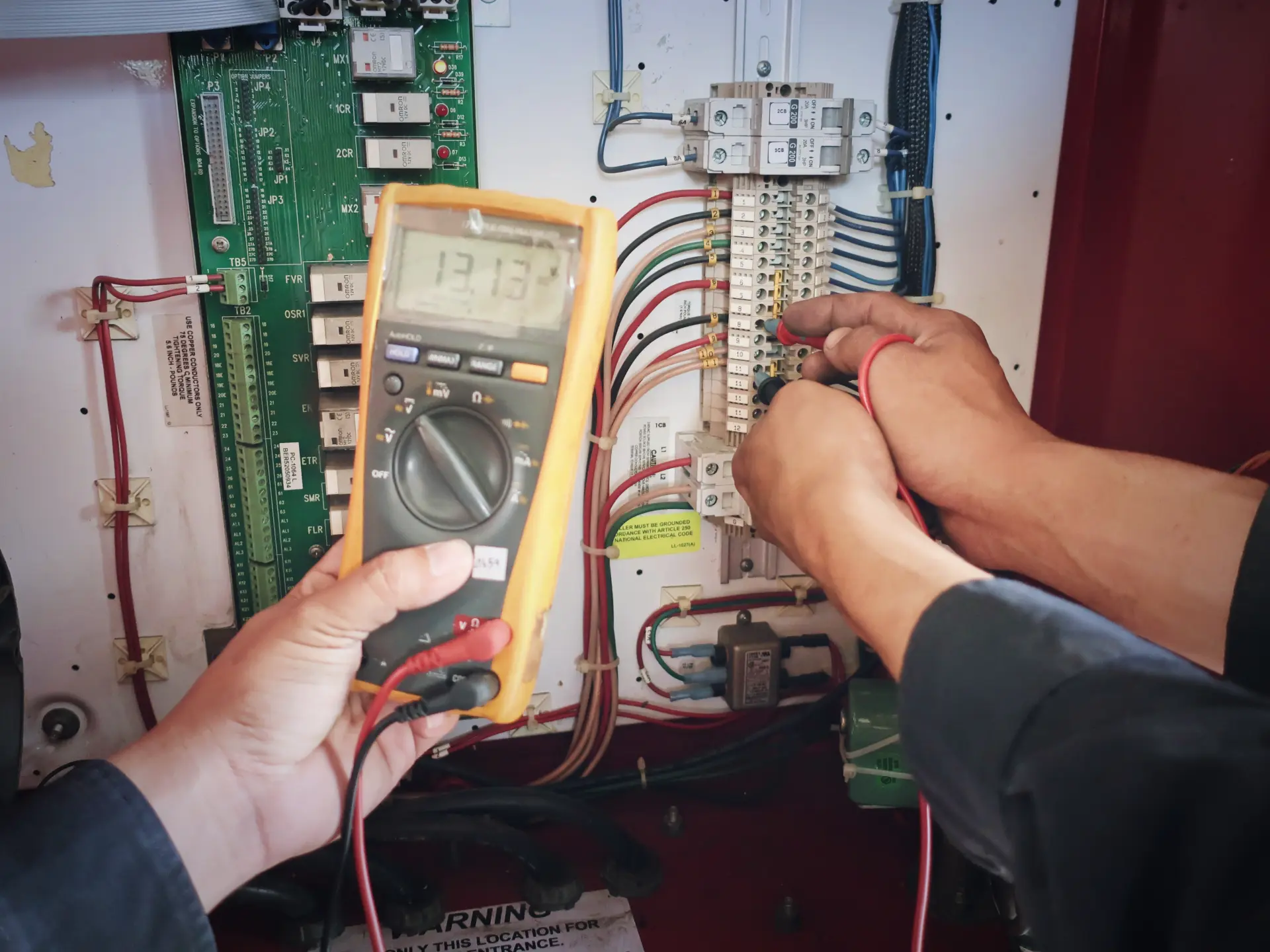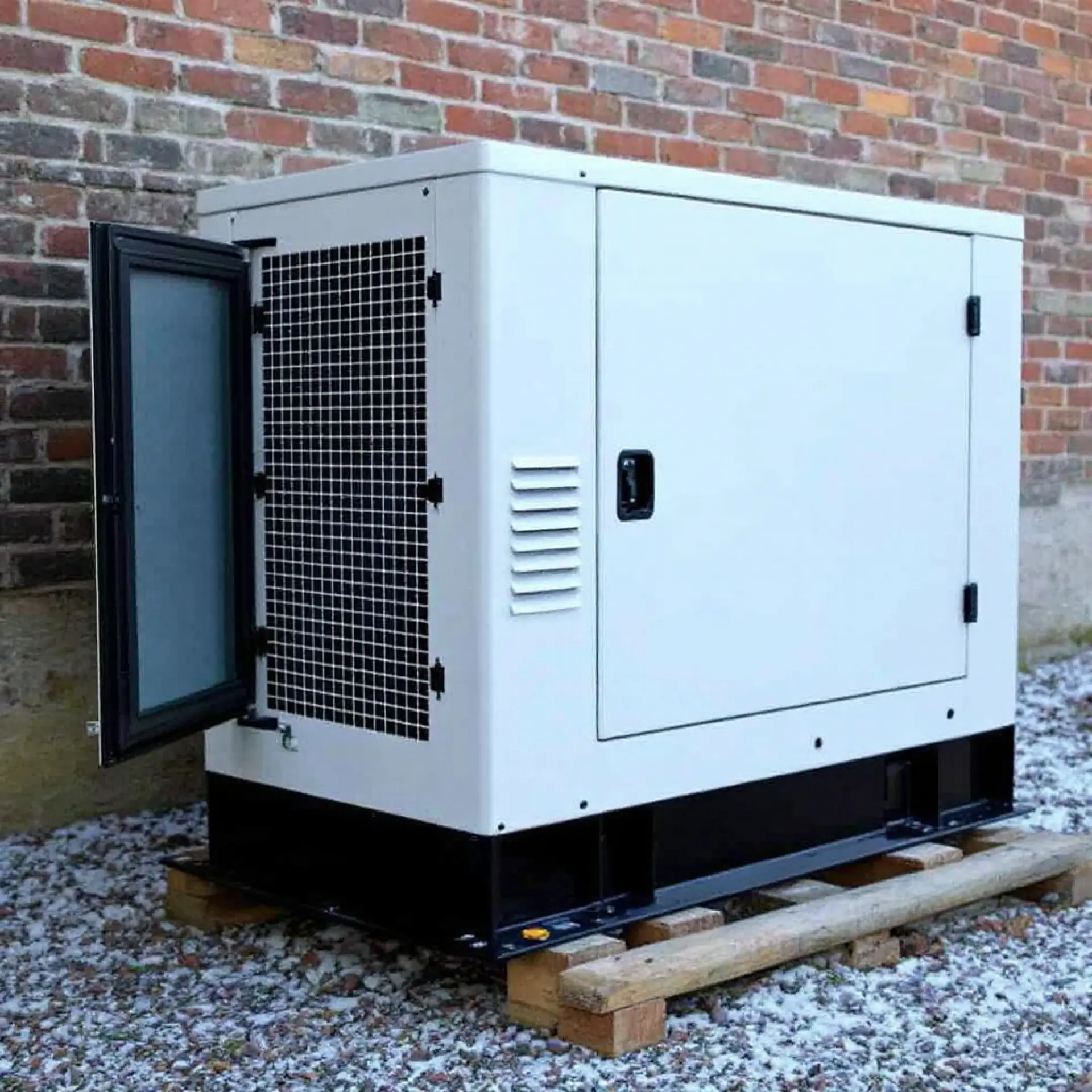PAT testing, short for Portable Appliance Testing, is a key part of keeping electrical equipment and appliances safe to use in workplaces and public areas. In this guide, we’ll look at what PAT testing is, why it matters, and how to stay compliant.
Whether you run a business, manage a rental property, or simply want peace of mind in a busy office, understanding PAT testing can help reduce risks and meet your safety responsibilities.
Why Is PAT Testing Important?
Electrical equipment can become dangerous over time, especially with frequent use. Loose wires, damaged plugs, or worn-out parts can lead to electric shocks or even fires. PAT testing helps find these problems early so that action can be taken before something goes wrong.
By regularly checking appliances through PAT testing, businesses can protect their staff and customers, reduce the risk of accidents, and show they are taking safety seriously. It’s also a helpful way to maintain records and avoid potential legal or insurance issues following an incident.
Which Appliances Need PAT Testing?
PAT testing is mainly for electrical appliances that can be moved around – for example, kettles, toasters, computers, extension leads, and power tools.
These items are classed as "portable," but that doesn't mean they have to be small or light – just that they have a plug and can be unplugged.
Even items that don’t move often, like fridges or printers, may still need testing if they meet this description.
Appliances are usually grouped into classes, with Class I items (those with an earth connection) being higher risk and more likely to require PAT testing, while Class II (double insulated) may only need visual checks depending on their use.

Who Can Carry Out PAT Testing?
PAT testing doesn't always require an electrician. Simple checks can be done by someone with the right knowledge and training, especially for low-risk equipment. This might include basic visual inspections to look for damage or faults, like frayed cords or cracked casings.
However, for more complex or industrial appliances, it’s a good idea to use a qualified professional who understands the risks and knows how to carry out the tests properly. There are many PAT testing services available that provide trained testers, equipment, and certificates for business records.
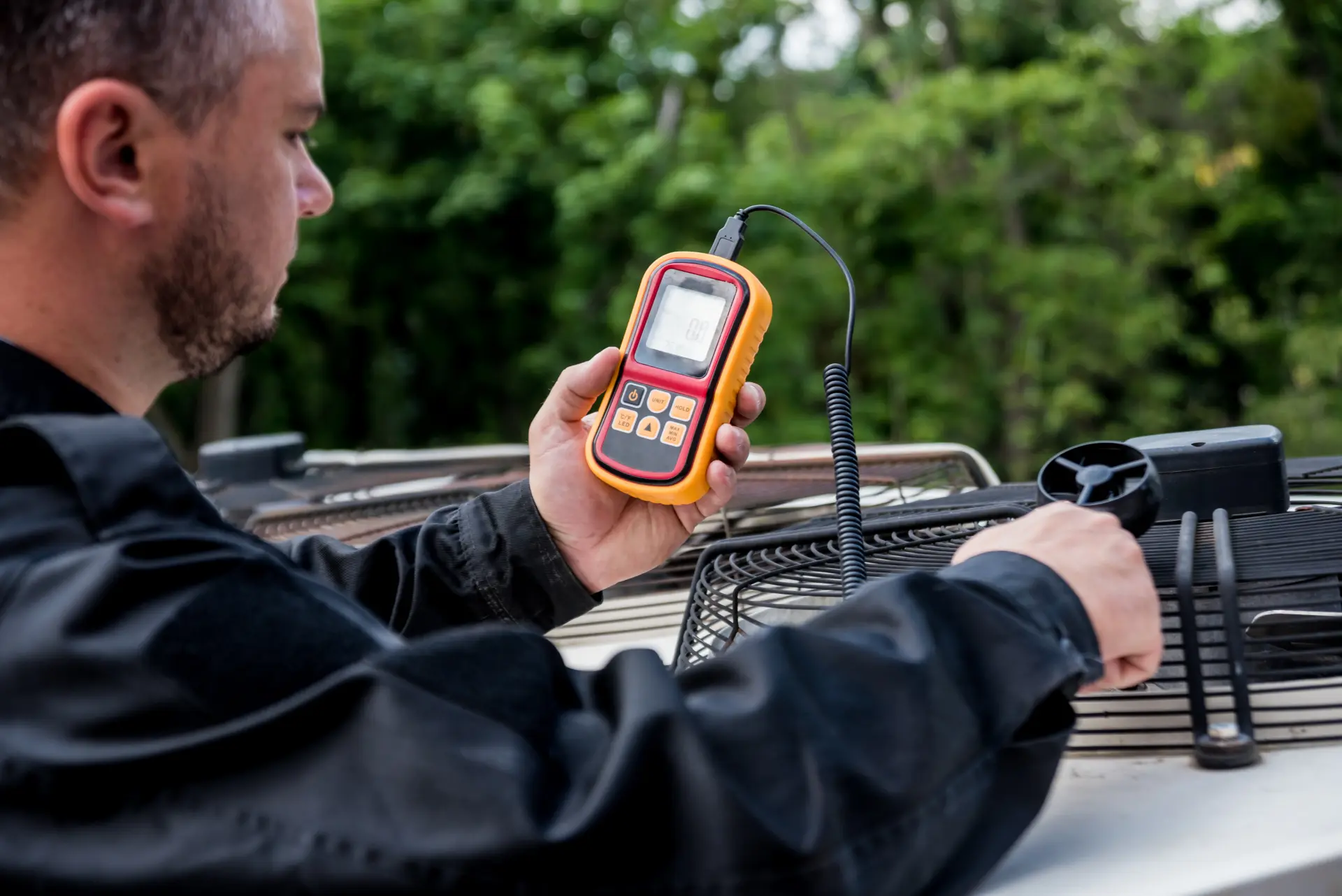
Is PAT Testing a Legal Requirement?
PAT testing itself is not a legal requirement, but the law does require that all electrical equipment in the workplace be safe and properly maintained.
Laws such as the Health and Safety at Work Act, the Electricity at Work Regulations, and the Provision and Use of Work Equipment Regulations (PUWER) place a duty on employers and landlords to make sure their appliances are in good working order.
PAT testing is one of the most effective ways to meet these responsibilities. While it’s not enforced by a specific law, it is widely seen as the best way to prove compliance. Without proper testing, it can be hard to show that you've taken reasonable steps to keep people safe.
What Do the PAT Test Labels Mean?
After an item is tested, a label is usually added to show the date of the testing, whether it passed or failed, and when the next check is due. These PAT labels are a quick way to check that an appliance is safe to use and has been properly assessed.
Labels often include a barcode, asset ID, tester's initials, or test certificate number. Keeping a digital record of results is also useful for audits, maintenance schedules, and safety policies. Even though the labels aren’t legally required, they help build confidence that safety checks have been done.
Need electrical testing in your home or business? Redwood Electrical Services provides expert electrical testing and inspection services across Woking, Guildford, Cobham and nearby areas. Our trained team carry out all required checks to keep your property safe and up to standard.

